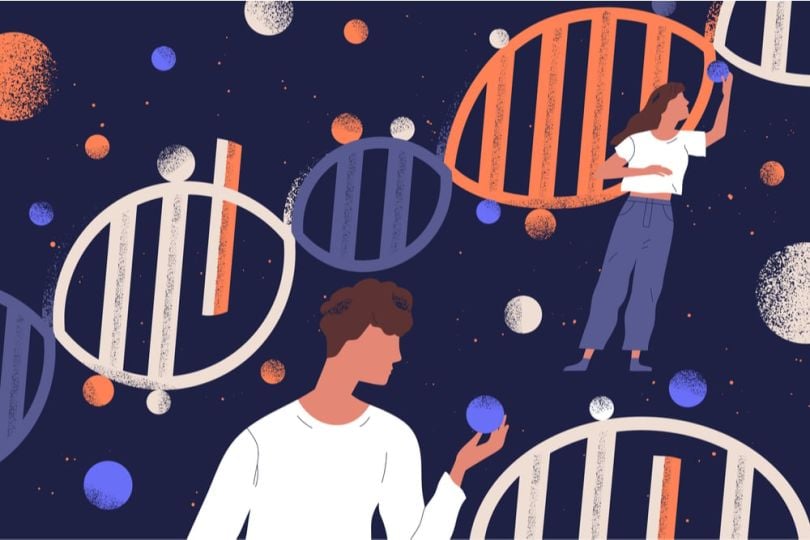
Physical appearance, likelihood of diseases, where our ancestors came from: All of this is written in our DNA.
But with 3 billion base pairs in the human genome, cracking DNA’s code to learn more about ourselves is no easy feat.
Current DNA sequencing techniques have an error rate of about 1 percent. While that error rate may not seem too bad, that’s 30 million errors in a data set of 3 billion. TwinStrand Biosciences, on the other hand, has created a sequencing method that gets the error rate down to 0.0001 percent, which is 10,000 times more accurate.
On Tuesday, the company announced the closing of its $16 million Series A led by Madrona Venture Group. The company plans to use this funding to help commercialize its sequencing technology. It will also use the funding to grow its corporate infrastructure and partner with pharmaceutical organizations.
TwinStrand spun out of the University of Washington and is based on the research of Dr. Jesse Salk, who is the Chief Executive Officer, Chief Scientific Officer and co-founder of the company. He has written two-dozen peer-reviewed scientific publications and has over 50 issued and pending patents.
Salk is also the grandson of Jonas Salk, the scientist who pioneered the polio vaccine.
TwinStrand’s sequencing technology, dubbed Duplex Sequencing, builds upon existing sequencing technology using proprietary software and biochemistry. Its enhanced sensitivity means it can identify “ultra-low frequency DNA mutations” at more accurate rates. This can help people detect and diagnose cancer earlier, identify drug resistance, recognize carcinogenic chemicals and find traces of residual diseases.
“We are able to directly observe genetic phenomena in ways that have simply never been possible before,” Dr. Salk said in a statement. “For example, typically, it takes years of testing to show that new drugs are safe from the perspective of cancer risk, at a cost of millions in research and development. We can now achieve this in days or weeks, with the ultimate goal of getting important drugs to patients much sooner. Similarly, we have now shown that it is possible to detect unrecognized carcinogen exposures in people, and we hope to use this to both help affected patients get care and to aid public health authorities in finding and eliminating carcinogens in the environment.”




